Before the hybridization of different genres such as metal and industrial became something of a holy grail for underground musicians, an intermediate genre known as post-punk turned toward an eclectic and more contemplative mode of expression.
Like hardcore before it, this historical eyeblink of a genre emerged as a reaction to the massive popularization and subsequent neutralization of punk rock in the mid-to-late 1970s.
At the forefront of this genre was the melding of metal, punk and industrial techniques and themes in a band that became foundational for much of the music to follow: Killing Joke. Where hardcore punk took punk rock to its logical extreme in stripped-down songs of direct and gratifying intensity, Killing Joke like other post-punk acts toned down the intensity and went several layers in depth of insight into humanity, focusing more on where we went wrong in our souls than what was going on around us at that very moment.
Not surprisingly, post-punk has never been a massive favorite among hessians since it tends to de-emphasize the numenal force inherent to heavy metal music in favor of a more ambivalent expression. Killing Joke has always been something of an exception to the rule in this regard, as they have consistently managed to channel a wide array of moods and seemingly antipodal influences into a coherent creative vision and voice. While not a metal band per se, Killing Joke has maintained a more or less subtle connection to metal music on an aesthetic, thematic and compositional level.
In addition to metal and punk rock, Killing Joke incorporates vestiges of electronic music, German progressive rock (krautrock), proto-industrial, dub and even disco/funk into an overarching post-punk template. This could have resulted in a terrible mish-mash in the hands of lesser artists, but Killing Joke succeed in their alchemical endeavor by internalizing each musical element into an organic whole that adds up to something more than the sum of its individual parts.
The prototypical Killing Joke song has deceptively simple construction with two main sections repeated consecutively, interrupted by an instrumental section somewhere in the second half of the song. However, the main parts — which are often defined by a guitar-riff and/or verse/chorus vocals -– remain in perpetual internal transformation and bilateral interaction throughout the song. There are no “dramatic” or unexpected changes, instead Killing Joke work their magic by way of subtle morphing of existing patterns connected through careful layering and sequencing, much like electronic pioneers Kraftwerk did a few years earlier. While primarily working with traditional rock-instrumentation -– except for the additional synthesizer -– Killing Joke compose in a manner that in many ways resemble the work of purely electronic artists.
The repetitive nature of the music is further amplified by the rhythm-section, which resembles the type of hypnotic, tribal pulse found in related post-punk ensembles Joy Division, Siouxsie and the Banshees and Public Image Limited. Percussion is generally centered around cycles of tom tom-beatings, while the bass provides circulating, melodic lines that adds contrapuntal depth rather than playing the backing rote-note role typical of punk and heavy metal. The character and interplay between bass and drums typical of post-punk is another legacy of German progressive rock/electronics, especially the strobing beats of Kraftwerk, Can and NEU! It graces the music with a contradictory sensation of a primal yet robotic undercurrent that provides the ideal grounding for the guitar as it works its way either in tandem with, or at crucial times in contrast to the propulsive cycles generated by the rhythm section.
Whereas contemporary post-punk groups like Joy Division preferred to let the singer and melodic bass lines serve as the prime motivator in musical development, Killing Joke chose to build songs around the tension between alternatively hoarse/melodic vocals and discordant, grinding guitar riffs set to a semi-danceable beat. The riff-centered approach is the heavy metal contribution to compositional approach taken by Killing Joke. Once again the possible influence of electronic music comes to the fore as the respective instruments are layered to overlap at varying points in time, which in turns changes the way they are experienced. This is reminiscent of the minimalist melodic/rhythmic development found in the works of Kraftwerk. As a consequence, Killing Joke avoids the static and negatively monolithic nature of riffs as used in rock music, including early metal influences from the “heavy rock” and “psychedelic rock” categories.
In addition to strictly musical innovations arising from the fusion of punk, metal and electronic music, early Killing Joke embodies a reconciliation of prevalent themes found in respective musical movements. Their punk roots show up in the critique of a society gone mad and through depictions of imminent apocalypse, but the lyrics are filtered through an obscure, symbolic lens that is more commonly found in metal music, giving them a historical-mythological viewpoint like the best metal bands such as Slayer and Hellhammer. The lyrical representation of dystopian modernity becomes not so much an account of external factors leading to such a state, but a quest to find the root of the problem inside ourselves.
Furthermore, Jaz Coleman’s lyrics tend to twist things around in the sense that the potential fears and dangers expressed are actually embraced as potential possibilities. Violence, insanity and horror is depicted as something unavoidable, but also as a generating force rather than pure anathema. The Gothic undertones of the music and lyrics is typical of the post-punk era, and while it suits the topics at hand here, it is a dangerous path to tread because it can easily turn into po-faced cliche. The saving factor is found in humor of a pitch-black variety. Not exactly reminiscent of Kraftwerk’s heartfelt dryness, but definitely with a similar function.
Killing Joke would go on to influence legions of bands in a variety of genres, most notably industrial (Godflesh, Ministry), but also metal (Metallica, Prong, Voivod) and hardcore punk (Amebix, Napalm Death). However, the early Joke-albums (and some of their later works) are well worth discovering for their inherent qualities regardless of their influential status. Below follows a short summary of the essential Killing Joke-releases.
Killing Joke – Killing Joke (1980)
After 1979’s promising but somewhat patchy Almost Red EP, Killing Joke returned the following year with their iconic, eponymous debut album. Killing Joke gives witness to a remarkable transmigration, going from the Public Image Limited-indebted dub-rock of the previous year to a metalized, proto-industrial account of the end of our current era. Just about every disparate element of the band’s idiosyncratic style is found here, perhaps with the exception of the trademark “tribal” percussion of the following releases. Yet there is more to this album than the discordant riffs, neurotic synth-drones and addictive rhythm-section. It’s one of those sleeper-albums whose true menace is gradually revealed through the interplay between layers of cumulative complexity. There is a folk-sensibility to these compositions, but the sensations evoked are more likely to involve bonfires of rubber tires and radioactive waste than flowing ale and green meadows.
Killing Joke – What’s THIS For…! (1981)
Killing Joke’s sophomore release sees the members expand upon the template formulated on previous year’s opus. Most notable on a first listen is the increased focus on hypnotic rhythmic patterns, which would become the band’s enduring influences on industrial music. Interestingly, the album is simultaneously more accessible, experimental and darker than its predecessor, adding a new set of nightmarish accounts to the original vision. Although somewhat uneven in terms of quality (some of the songs go on for too long), What’s THIS For…! proves that there was room for development within a previously established style.
Killing Joke – “Ha” Killing Joke Live (1982)
“Ha” Killing Joke Live compiles some of the bands’ more abrasive tunes performed live in a mightily vitriolic state of mind. The urgent renditions of previous single-tracks like “Pssyche” and “Wardance” make this EP a suitable introduction to the band for a metal audience, as it showcases how a metal/punk-hybrid sound in liason with a plethora of seemingly unrelated musical elements can achieve significant synergic effects. The only possible complaint to be raised about the release is that it is somewhat on the short side; one can only wonder how Killing Joke-classics such as “The Wait” and “Complications” would have turned out if given a similar shock-treatment.
https://www.youtube.com/watch?v=Q0oz0xE88S0
Tags: hard rock, heavy rock, hypnotic, Industrial, jaz coleman, killing joke, metal, Post-Punk, psychedelic, punk, trance
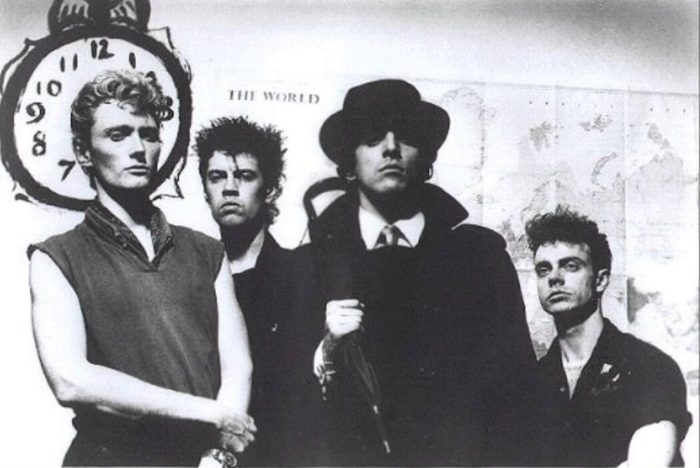
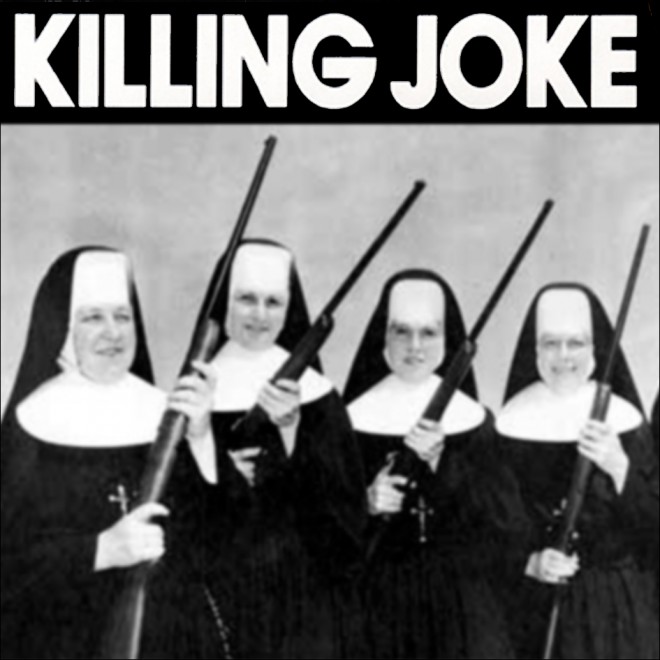
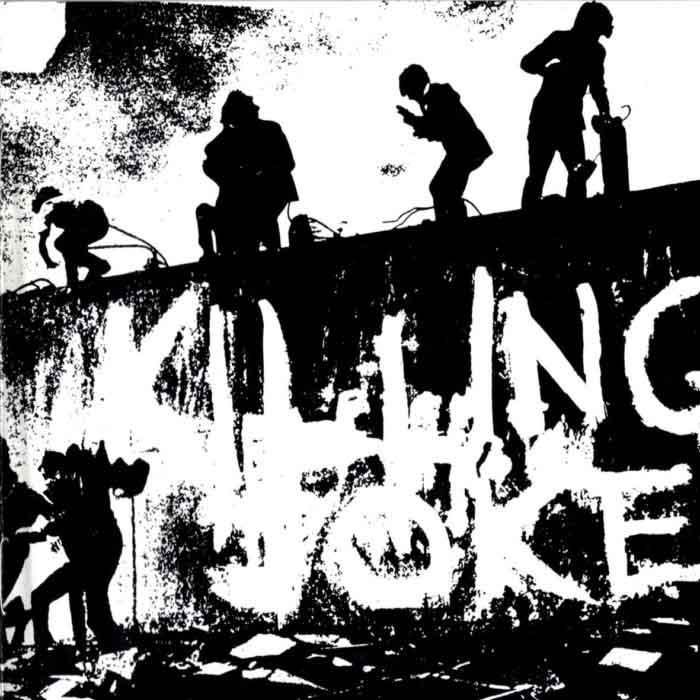
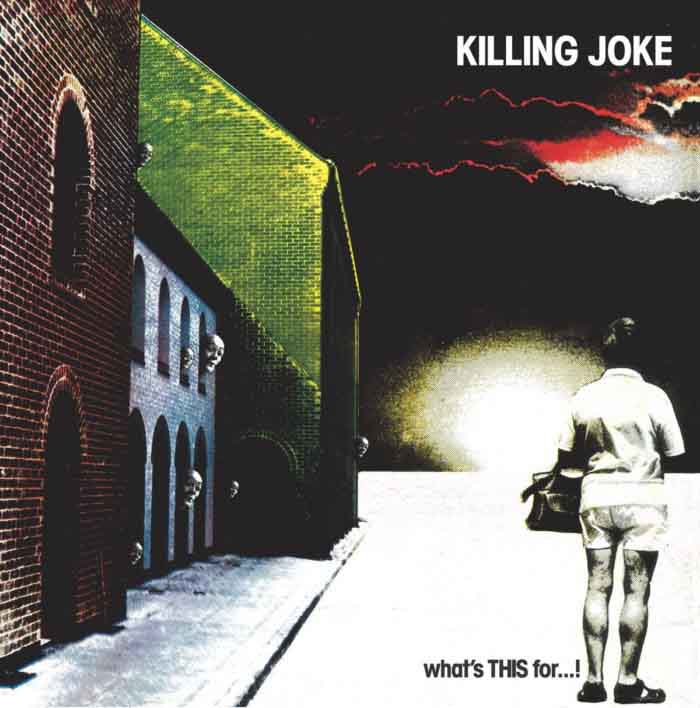
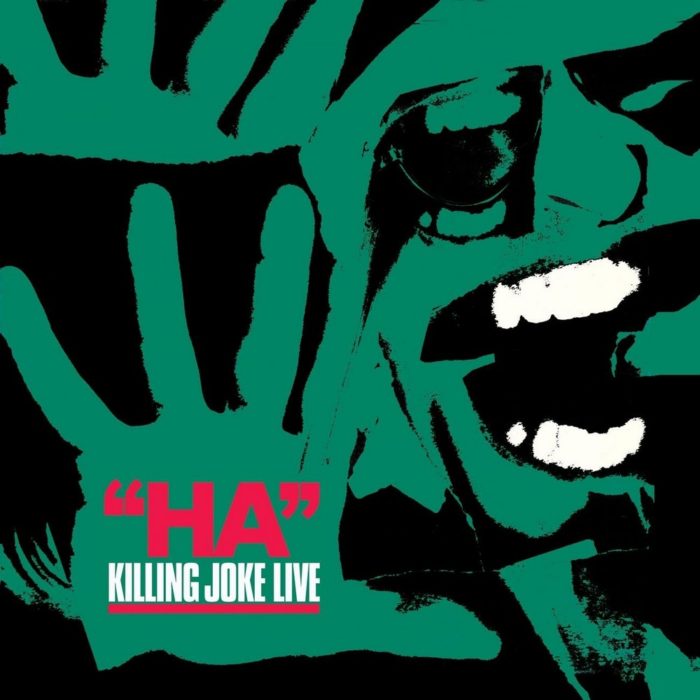


I tried getting into them, as background noise they’re *ok* but I can’t seriously listen to them let alone become a fan.
I have the second of these and used to listen to it a lot at various times in the past. Like all of this highly repetitive stuff, “getting stoned” is helpful for appreciating it.
Random “Jaz Coleman” story: In some interview I read around the time I bought the album, he talked about how they were sueing Nirvana for stealing from Killing Joke, concluding with stating that if this didn’t work, as it likely wouldn’t due to Nirvana being Big Rockstars[tm] with loads of money for lawyers, he’d visit Kurt Cobain with a shotgun.
>around the time
BEFORE OR AFTER?
…DURING
IF SOMEBODY WALKS >AROUND< A LANDMINE, DID THEY STEP DIRECTLY ON IT?
ANSWER ME RAINER I NEED YOUR ATTENTION
All this postpunk stuff sounds the same to me these days. Awkward “””funky””” fake-dub bass, sterile grey atmosphere, wimpy choirboy vocals.
On second thought that describes a lot of British punk in general.
Other than Lemmy, I’m not so sure Brits ever really “got” rock n roll period.
good article, cheers!
Death Metal undergrounds features a Killing Joke article. This is indeed a (killing) joke.
Its even featured in the DLA.
At least it was about music and not rant about antifa, jews or hipsters.
exactly. and it seems to be written by someone that doesn’t have a chip on their shoulder for never getting their philosophy degree, for a change.
The joke is that this is a *metal* website, not some punk/neo punk/industrial crap like Killing Joke. If death metal underground views Killing Joke to be metal then there is something severely wrong tith the web site.
I think the writer of the article is trying to kill us by forcing us to continuous laughing on the floor.
It’s not metal but being metal doesn’t necessarily matter nor does it automatically make anything good or not. Ultimately it comes down to whether art is heavy enough and this band certainly fits that. One could say it comes from a deeper part of the soul. The heaviest elements sinking deep ;-)
But it is highly influential. Kinda like ABBA and Swedeath.
There are many influences to and from metal that are interesting. We can also safely say that with a few exceptions, the death metal genre died years ago.
Review is incomplete. Killing Joke got better, then worse. The earlier albums have their moments, but “Extremities” marked their absolute high-point, when all the metal-post-punk elements finally merged into a seamless whole. Subsequent releases have proved increasingly flaccid.
Extremities = Neurosis minus wank :-)
Not to mention beards….
ah, good stuff ! Have not thought about them in a long time.
Killing Joke (1980) and What’s THIS For…! (1981) are mandatory listening for rockers/ metallers that are curious about what else out there is pretty heavy …and….
If nobody has told you yet, Killing Joke must be played extremely loud to truly appreciate them.
This is a great piece of writing and I’m enjoying these albums. Thanks again Johan for sharing some amazing insights
Great article about an interesting band, informative and synthetic, cheers!